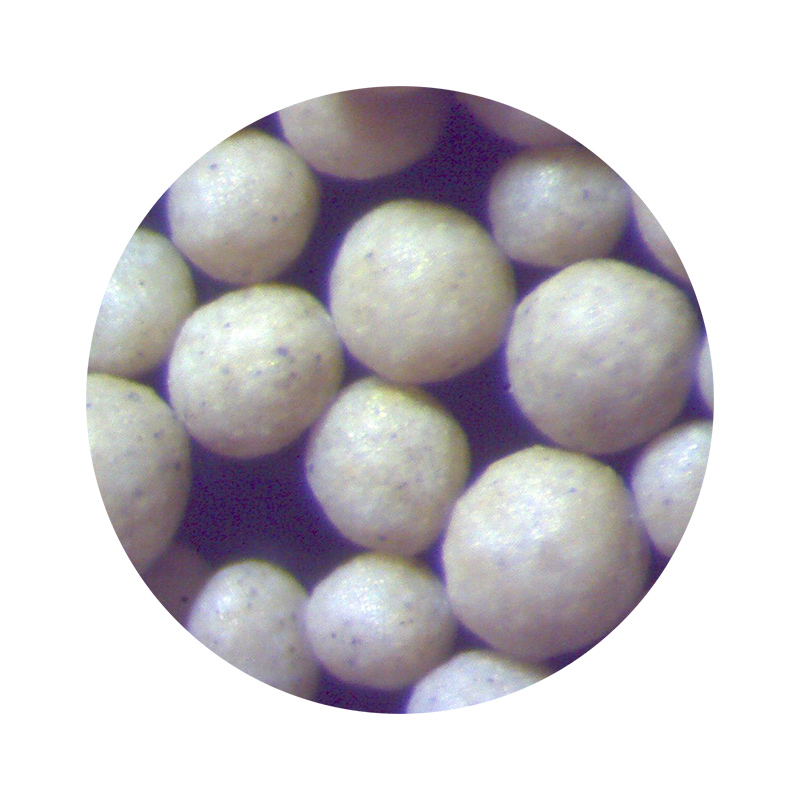Exploring the Fascinating World of Sand and 3D Technologies
In recent years, the intersection of sand and 3D technology has opened up a myriad of opportunities in various industries, from construction to art and design. This synergy not only highlights the versatility of sand as a material but also showcases the innovative possibilities that 3D printing and modeling offer. As we delve into this fascinating realm, we uncover how the fusion of these elements can lead to sustainable practices, revolutionary designs, and artistic expressions.
Sand, one of the most abundant natural resources on Earth, is primarily composed of fine particles of weathered rock and mineral. Traditionally, sand has been used in construction, particularly in concrete and glass production. However, with advancements in 3D technology, the application of sand has expanded dramatically. Enter 3D printing, a cutting-edge technique that allows the creation of three-dimensional objects layer by layer, using digital models as blueprints.
Exploring the Fascinating World of Sand and 3D Technologies
Another significant advantage of using sand in 3D printing is its availability and cost-effectiveness. Sand is abundant in many regions, making it an economical choice for large-scale construction projects. Furthermore, implementing sand 3D printing can streamline the building process. Structures can be manufactured on-site, reducing transportation costs and time delays associated with conventional construction methods. This innovative technique has the potential to reshape how we think about building materials and the construction process itself.
sand 3d

Beyond the construction industry, the combination of sand and 3D technology has found a niche in the fields of art and design. Artists and designers are increasingly using 3D printing to create intricate sculptures, installations, and functional pieces made from sand. The unique texture and aesthetic properties of sand allow for a rich visual quality that can enhance artistic expression. The ability to manipulate sand through 3D printing enables artists to experiment with forms and structures that would be difficult or impossible to achieve with traditional methods.
In addition to its practical applications, 3D printing with sand poses intriguing questions about sustainability and environmental stewardship. As the world grapples with climate change and resource depletion, finding eco-friendly alternatives to conventional materials becomes paramount. Sand has the potential to serve as a sustainable resource when sourced responsibly. With 3D printing technologies, the waste generated during the production process can be significantly reduced, promoting a more circular economy.
Furthermore, researchers are investigating the potential of using other natural materials alongside sand in 3D printing, such as bio-materials or recycled components. This exploration could lead to the development of new hybrid materials that enhance the properties of sand while promoting sustainability.
In conclusion, the combination of sand and 3D technology represents a groundbreaking frontier that holds promise for multiple industries. From revolutionizing construction practices to fostering creative artistic endeavors, the applications of sand 3D printing demonstrate the infinite possibilities that emerge from innovative thinking. As we continue to explore and develop this field, it is essential to approach it with a mindset of sustainability and responsible resource management. By harnessing the power of sand and 3D technologies, we can pave the way for a more sustainable future, one layer at a time. The adventure has only just begun, and the potential within this synergy is waiting to be fully realized.
Post time:Nov . 20, 2024 23:12
Next:steel sand casting foundry
